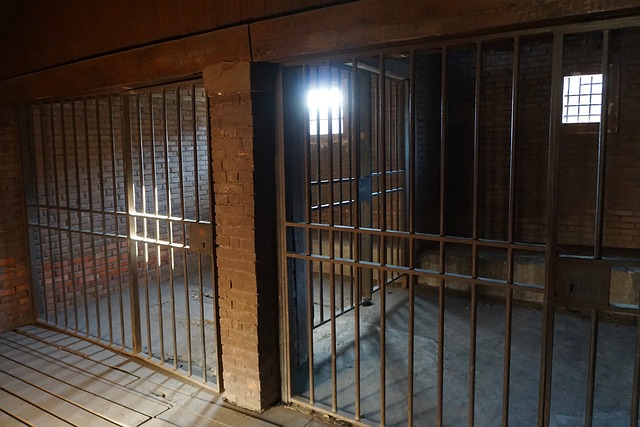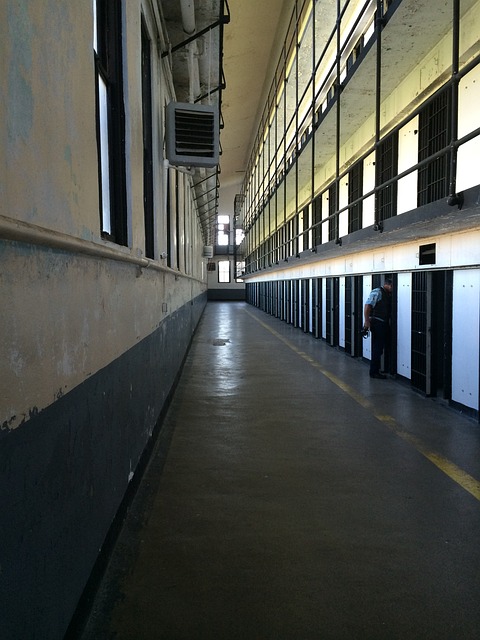Youth Justice and Fair Treatment are deeply linked, emphasizing dignified and equal treatment for adolescents. Traditional systems often fail to meet teens' unique needs, leading to adverse outcomes like recidivism. Alternative Transportation Options (ATOs) like restorative justice and community-based services offer rehabilitation over punishment, addressing systemic issues like bias and resource scarcity. These innovative solutions promote equality, reduce barriers, and empower youth through specialized programs, technology, and community engagement. By measuring success holistically, including recidivism rates and fairness impacts, Alternative Transportation Options can revolutionize juvenile justice for the better.
Youth Justice Fair Treatment is a critical issue demanding attention in today’s society. This article explores the complex interplay between youth, justice, and equitable treatment, delving into the effects of traditional systems on young individuals. We discuss alternative transportation options as a key component for a more just society. Additionally, community engagement strategies are examined to ensure fair practices. Challenges and solutions in measuring and promoting fairness highlight essential steps towards revolutionizing youth justice, emphasizing the need for innovative approaches like Alternative Transportation Options.
- Understanding Youth Justice and Fair Treatment
- The Impact of Traditional Justice Systems on Youth
- Alternative Transportation Options for a Just Society
- Incorporating Community Engagement in Youth Justice
- Measuring and Promoting Fair Treatment: Challenges and Solutions
Understanding Youth Justice and Fair Treatment

Youth Justice and Fair Treatment go hand in hand, aiming to ensure that young people are treated with dignity, respect, and equality before the law. It involves understanding the unique needs and challenges faced by adolescents, who are still developing emotionally and cognitively. This includes recognizing the impact of systemic issues like bias, discrimination, and lack of access to resources on their lives.
Fair treatment advocates for alternative justice approaches that cater to these nuances. Instead of relying solely on traditional incarceration, Alternative Transportation Options (ATOs) such as restorative justice programs, diversionary strategies, and community-based services offer promising avenues. These methods focus on rehabilitation, accountability, and reintegration, promoting a more holistic understanding of justice that benefits both youth and society at large.
The Impact of Traditional Justice Systems on Youth

The traditional justice system, often characterized by adult-centric approaches, can have profound impacts on young people. Juvenile courts typically follow a one-size-fits-all model, where youthful offenders are treated as mini adults, with consequences that may not account for their developmental stage. This can lead to adverse outcomes, such as higher recidivism rates and long-term psychological effects. The rigid structures and formal proceedings might not effectively address the underlying issues faced by youth, including trauma, mental health concerns, or lack of parental support.
In response, many advocate for Alternative Transportation Options (ATOs) that prioritize rehabilitation over punishment. These innovative approaches recognize the unique needs of young people and aim to divert them from the conventional justice system. By offering specialized programs focused on counseling, education, community service, or restorative justice practices, ATOs strive to build resilience, foster accountability, and encourage positive growth in youth.
Alternative Transportation Options for a Just Society

In striving for a more just society, it’s imperative to explore and implement alternative transportation options that cater to the diverse needs of youth. Beyond traditional modes of transport, innovative solutions like bike-sharing programs, electric scooter fleets, and accessible public transit can significantly impact youth justice by promoting equality and reducing barriers to opportunity. These alternatives offer not only eco-friendly mobility but also potential cost savings for young individuals often facing financial constraints.
Furthermore, integrating technology into transportation infrastructure, such as app-based ride-sharing services or real-time transit updates, ensures that youth have access to reliable and efficient means of getting around. This digital inclusion fosters independence and empowers young people to navigate their communities with greater ease, ultimately contributing to their overall well-being and engagement in civic life.
Incorporating Community Engagement in Youth Justice

Incorporating community engagement is a vital aspect of achieving fair treatment in youth justice. It fosters a sense of ownership and accountability, ensuring that decisions affecting young people are inclusive and reflective of the diverse needs within communities. By actively involving residents, grassroots organizations, and local businesses, we can develop more effective and equitable solutions to youth-related issues. Community engagement strategies offer an opportunity to explore innovative approaches, such as providing alternative transportation options, which can significantly impact a young person’s life, especially those from marginalized backgrounds.
These initiatives empower communities to take a proactive role in youth rehabilitation and prevention programs. By encouraging open dialogue, co-creation of policies, and collective problem-solving, we can address the root causes of juvenile delinquency more holistically. Alternative transportation options, for instance, could include community-based ride-sharing programs, youth-run public transit services, or eco-friendly mobility solutions, all of which contribute to a safer, more sustainable environment while offering a sense of empowerment and responsibility to young individuals.
Measuring and Promoting Fair Treatment: Challenges and Solutions

Measuring and promoting fair treatment in youth justice is a complex task, but essential for fostering equitable outcomes. One significant challenge lies in assessing and addressing systemic biases that may exist within judicial processes. These biases can manifest in various forms, from sentencing disparities to access to quality legal representation. To overcome this, innovative approaches like the implementation of Alternative Transportation Options (ATOs) can be transformative. ATOs, such as restorative justice programs or community-based diversionary measures, offer alternative paths for youth involved in the criminal justice system.
By shifting focus from punitive measures to restorative practices, these options promote understanding, accountability, and healing. Moreover, they provide an opportunity to intercept youth before they become entrenched in the traditional justice system, reducing reoffending rates. Effective measurement strategies should include qualitative and quantitative data analysis, focusing on key indicators like recidivism, satisfaction levels among participants and affected communities, as well as the impact on overall systemic fairness. This holistic approach ensures that efforts to promote fair treatment are both informed and accountable.
Youth justice is not just about punishment, but also about fostering a fair and equitable society. By understanding the impact of traditional systems and exploring innovative approaches like alternative transportation options, we can create a more just future for our young people. Incorporating community engagement and measuring fair treatment are vital steps towards revolutionizing youth justice, ensuring that every individual, regardless of age, receives a fair hearing and meaningful support. Adopting these strategies can lead to positive transformations, making our communities safer and more inclusive for all.






